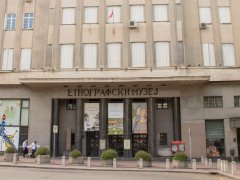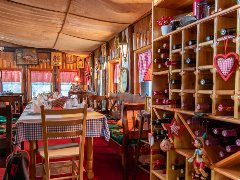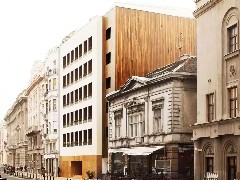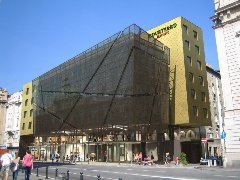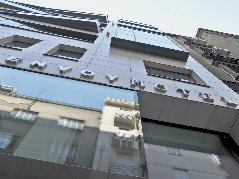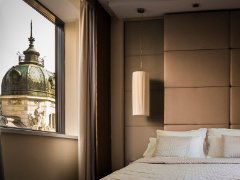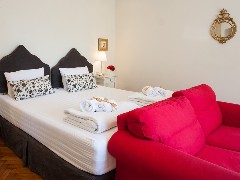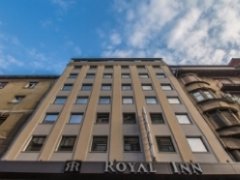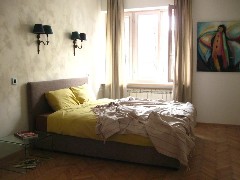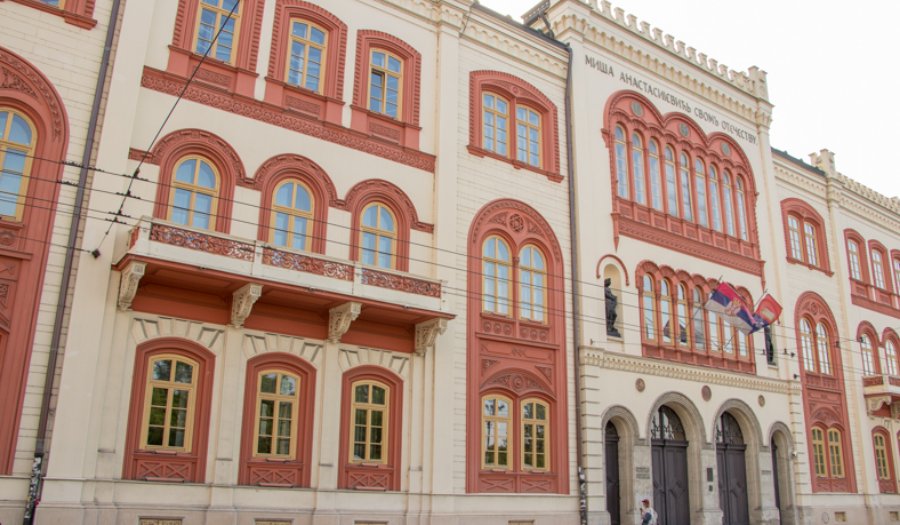
A magnificent building that keeps the spirit of Belgrade from the 19th century. It was built for 6 years, from 1857 until 1863, so it was a unique architectural landmark even at the time of construction. It was also in a very important place - right next to the Great Market. The architectural pride of the city was built by Captain Misa Anastasijevic, a respectable salt merchant and shipowner, one of the richest people in the Balkans. It had been originally designed to serve for the anticipated court and home of his daughter Sara and Djordje Karadjordjevic, the future ruling couple, but since the Svetoandrejska skupstina (Assembly meeting of the Principality of Serbia held on the day of Saint Andrew) decided in 1859 to reinstate Prince Milos to the throne of rule, Karadjordjevic family did not take power and the goal was not accomplished. Following the realization of construction, Captain Misa Anastasijevic gave his mansion as a gift to the city of Belgrade for educational purposes.
The first palace in the middle-European manner still applies to one of the most beautiful buildings in Belgrade. It was created by the project of the Czech architect Jan Nevole and is a combination of Gothic, Romanticism and Renaissance with decorated facades. Upon completion of the construction, the High School moved to the palace and later the gymnasium, the Ministry of Education and so on. The imposing ceremonial hall has always been used as a stage for important historical events. Captain Misa's mansion is among the first buildings that were placed under the protection of the state as a cultural monument. The Decree on the Protection of Belgrade Antiques from 1935 foresaw the protection of the palace, but the first official legal act was awaited until 1946 when the Art Museum in Belgrade protected this spectacular landmark. Today, the Rectorate of the University of Belgrade, the Department of the Serbian Language of the Faculty of Philology and one part of the Faculty of Philosophy are located in the building.
A magnificent building that keeps the spirit of Belgrade from the 19th century. It was built for 6 years, from 1857 until 1863, so it was a unique architectural landmark even at the time of construction. It was also in a very important place - right next to the Great Market. The architectural pride of the city was built by Captain Misa Anastasijevic, a respectable salt merchant and shipowner, one of the richest people in the Balkans. It had been originally designed to serve for the anticipated court and home of his daughter Sara and Djordje Karadjordjevic, the future ruling couple, but since the Svetoandrejska skupstina (Assembly meeting of the Principality of Serbia held on the day of Saint Andrew) decided in 1859 to reinstate Prince Milos to the throne of rule, Karadjordjevic family did not take power and the goal was not accomplished. Following the realization of construction, Captain Misa Anastasijevic gave his mansion as a gift to the city of Belgrade for educational purposes.
The first palace in the middle-European manner still applies to one of the most beautiful buildings in Belgrade. It was created by the project of the Czech architect Jan Nevole and is a combination of Gothic, Romanticism and Renaissance with decorated facades. Upon completion of the construction, the High School moved to the palace and later the gymnasium, the Ministry of Education and so on. The imposing ceremonial hall has always been used as a stage for important historical events. Captain Misa's mansion is among the first buildings that were placed under the protection of the state as a cultural monument. The Decree on the Protection of Belgrade Antiques from 1935 foresaw the protection of the palace, but the first official legal act was awaited until 1946 when the Art Museum in Belgrade protected this spectacular landmark. Today, the Rectorate of the University of Belgrade, the Department of the Serbian Language of the Faculty of Philology and one part of the Faculty of Philosophy are located in the building.
